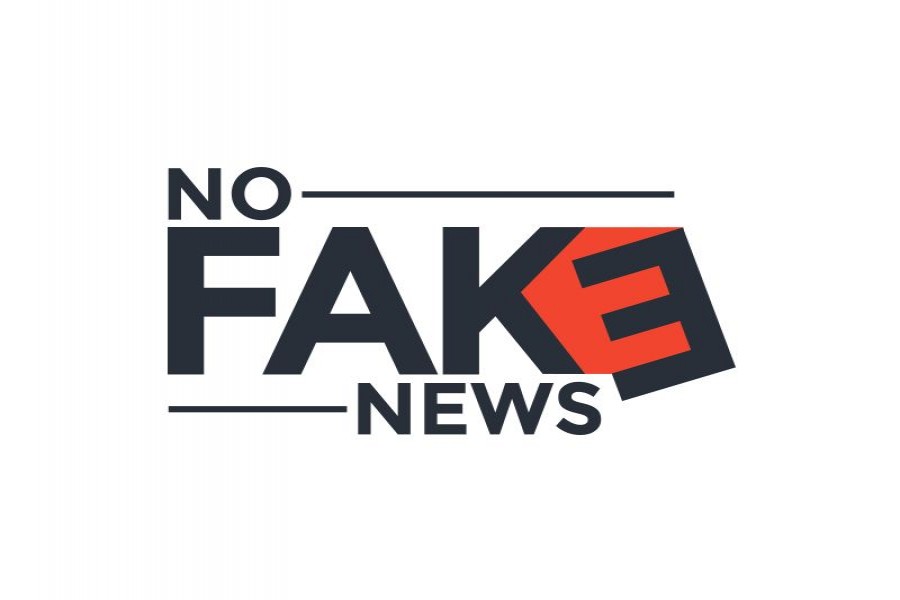Numbers of media in Bangladesh has increased significantly in last 15 years embarking on a liberal media policy of the government. The country saw the birth of bdnews24.com, the 1st online news portal followed by CSB, the first news and current affairs channels. News and current affairs-based channels like Somoy TV, Independent TV, Channel 24, Jamuna TV etc later followed suit. Now the country has 45 licensed private TV channels, 3025 registered newspapers and around 2000 online news portals. So the question arises on the necessity of so many media outlets? Definitely one impact is, employment opportunities for media graduates have increased significantly. At the same time, competition for advertisement and income by media has similarly increased. But most importantly, competition amongst online, print, tv and other media outlets for publishing and broadcasting news immediately has increased a lot. All media outlets now want to disseminate the news to its audience promptly, especially the online news portals. The tendency of publishing the news instantly can hamper the objectivity of news. Popular media outlets like Channel 71, Daily Kalerkantho, Jugantor, Bangladesh Pratidin could not maintain their professionalism in several news and published a good number of fake news in recent years. The death news of eminent actor, director, and screen-playwright ATM Shamsuzzaman was one of the worst mistakes made by the Channel 71 as it did not verify the news source properly. Later the actor came to facebook live and confirmed that he is alive. During the 2018 Football World Cup, leading daily Kalerkanto published a news ‘despite losing to Morroco, Spain heads to round of 16’ which was a fake news as Spain actually won and moved to round of 16. Another news titled, Police and RAB foil an attempt at what could have been a dangerous terrorist attack was used by a reputed Bangla-language online news portal for a report on March 2, 2017 but report was insufficient to claim it as terrorist attack. Many who had witnessed the incident claimed that the information was not authentic. Several numbers of news outlets in Bangladesh couple of months ago reported that a government official was compelled to abandon his elderly mother to an unknown railway station which was found to be of an Indian woman taken from a dormitory of Ashram in 2015. Another news titled ‘police arresting the artist of the well-known graffiti series ‘Subodh’ published by Daily Jugantor, Bangladesh Pratidin, Dhaka Times, Purboposchim and Daily Star in 2017 was a ‘satire’ but those media could not trace the fake news. Jugantor, Bangladesh Pratidin and others removed the stories titled "Subodh artist arrested" later. Above mentioned examples are the evidence of the fact that, the tendency putting news instantly without cross-checking the information by different media outlets may lead to risk of publishing or broadcasting fake news which is against the spirit of true journalism. On top of losing credibility over such fake news, there are other risks too. In the days of internet, such fake news can go viral on social media like Facebook, Twitter etc to cheat the teeming millions. According to a recent report of BTRC, 86.72 per cent people using internet mostly from mobile who can instantly share the fake news on social and other media outlets may spark communal riots, conflicts. The proposed Digital Security Act can jeopardize journalists and media houses if the information remains false or inaccurate. It is a great risk for journalists, indeed as far as fake news is concerned.
The writer is a former student of Department of MCJ of DU and works at Khan Bahadur Group


